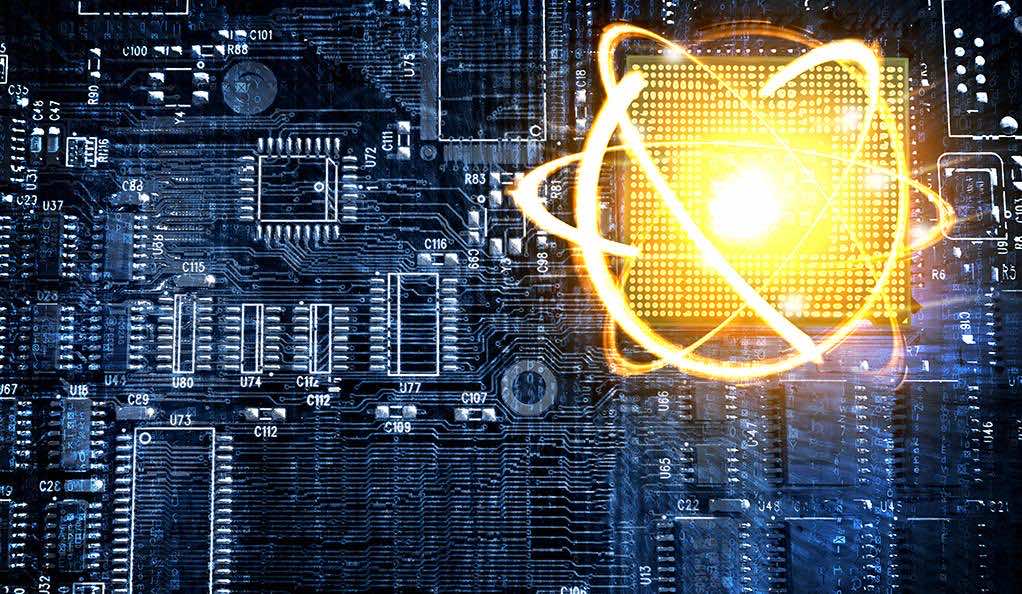For years, computer systems have made use of silicon processors and memory chips arranged in such a manner that they sit next to each other on a single layer. These components are connected through intricate wiring so that data can be computed on the processors and then stored on the memory chips.
The problem is that this configuration sends digital signals on a longer route than is ideal, and there are common problems with bottlenecking—too much data trying to travel the same circuits simultaneously. Both of these problems can be mitigated by stacking processors and memory chips on top of each other. Stacking chips is how Samsung managed to produce a 16-terabyte hard drive.
It’s hard, though. To fabricate a silicon chip, you need to heat it up to 1,800 degrees Fahrenheit, a process that torches the chip below if you attempt it directly in a 3D configuration. To avoid this, computer manufacturers have had to construct silicon chips separately and then stack them and connect the thousands of required wires.
Now a team of researchers at UNSW Sydney has broken new ground in proving that “spin qubits”—properties of electrons representing the basic units of information in quantum computers—can hold information for up to two milliseconds. Known as “coherence time,” the duration of time that qubits can be manipulated in increasingly complicated calculations, this achievement is 100 times longer than previous benchmarks in the same quantum processor.
“Longer coherence time” means you have more time over which your quantum information is stored—which is exactly what you need when doing quantum operations, says Ph.D. student Ms. Amanda Seedhouse, whose work in theoretical quantum computing contributed to the achievement. “The coherence time is basically telling you how long you can do all of the operations in whatever algorithm or sequence you want to do before you’ve lost all the information in your qubits.”
In quantum computing, the more spins you can keep in motion, the better the chance that information can be maintained during calculations. When spin qubits stop spinning, the calculation collapses, and the values represented by each qubit are lost. The concept of extending coherence was already confirmed experimentally by quantum engineers at UNSW in 2016.

